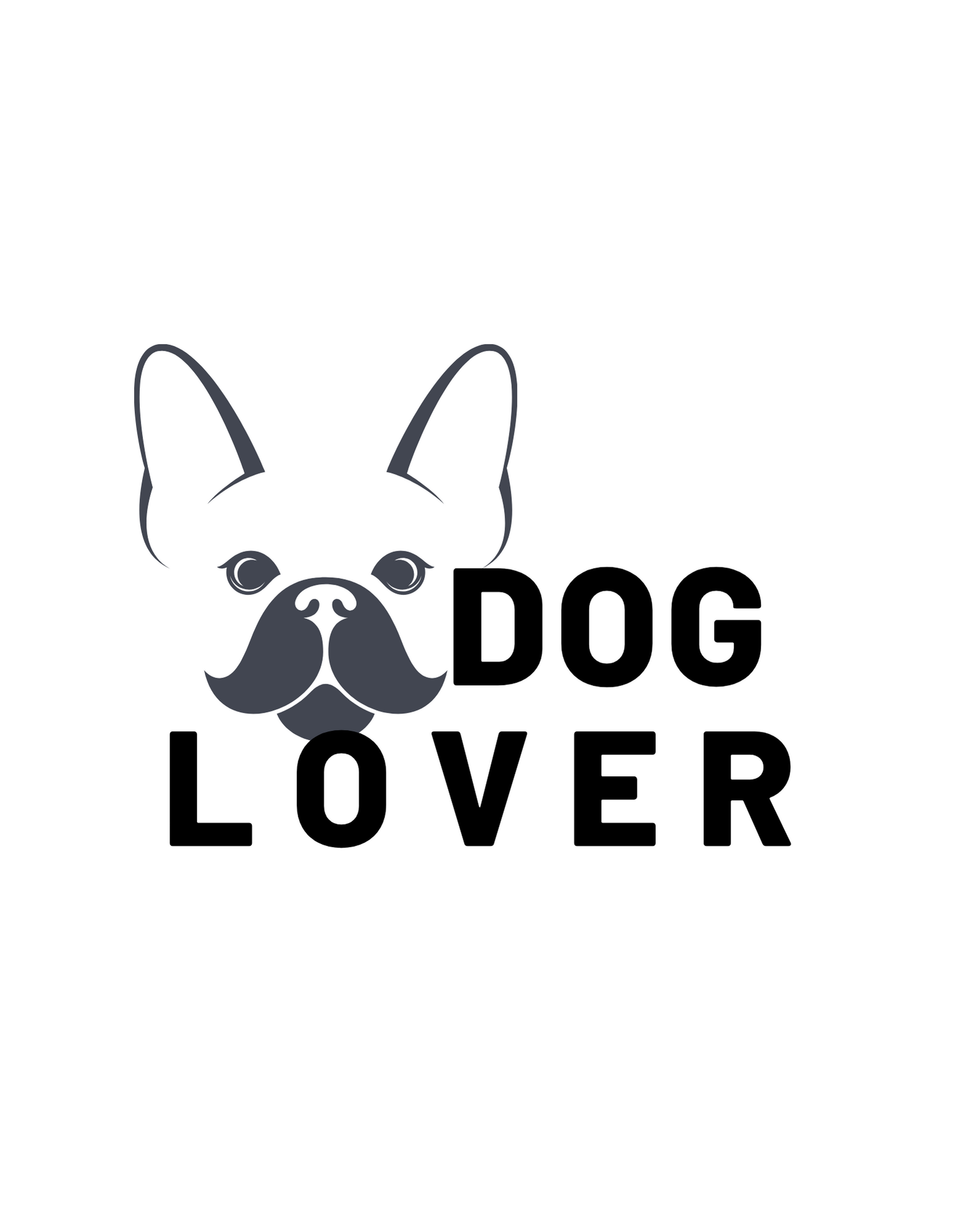Are you thinking of switching your dog to a new food?
Well, this is how to do it best.
Why Change To New Dog Food
- New life stage: As puppies grow into adult dogs, their nutritional demands also change. As such, they need to switch to adult food. Although dependent on breed, size, or sex, transitioning to adult food happens at one year of age.
- Weight management: Overweight or underweight dogs may require to be transitioned to weight management formulas or special diets to maintain a healthy weight.
- Veterinary recommendation: At times, a vet may recommend diet changes to address a dog’s unique needs.
- Food allergies: Dogs facing food allergies or sensitivities may transition to a special elimination diet to identify the allergen.
Picking the New Food
When it comes to dog food, no single diet is best for all dogs. The dietary needs differ from one dog to another depending on preferences, health, and age. Picking the right kind of food can be quite tricky.
The availability of too many options in the market, plus existing myths on dog food, complicates the process.
The ability to learn and fully understand the food labels simplifies the process of choosing the best food for your dog.
Catering to your dog’s preferences
Each dog has its preferences and tastes when it comes to feeding. It is therefore essential to keep this in mind while picking the right food for your dog.
Ensure you learn and understand what your dog likes to eat and what it doesn’t and incorporate this into your diet.
How to Transition Your Dog to New Dog Food
Making abrupt dietary changes may cause gastrointestinal disturbances like vomiting, reduced appetite, and diarrhea. Do such transitioning gradually to allow your dog’s digestive system to adapt to the change.
A transition period of between 5-7 days is considered ideal. Incorporate and slowly increase the new food by mixing it with your dog’s current diet. This is how to do it:
- Day 1: Feed 25% new diet and 75% old diet
- Day 3: Give 50% new diet and 50% old diet
- Day 5: Feed 75% new diet and 25% old diet
- Day 7: Serve 100% new diet
Transitioning to a new food without Illness
At times, you may want to change your dog’s diet not necessarily to tackle any illness but rather to give it new food experiences. This is especially if your dog has been feeding on the same food for an extended period.
Thus you can transition it to break the boredom in the routine diet or to seek healthier alternatives. Do this gradually as well.
Adverse food reactions in dogs
This phrase refers to various food-related ailments in dogs, including food intolerance, food allergies, and other gastrointestinal disorders.
Adverse food reaction causes gastrointestinal symptoms indicated by nausea, diarrhea appetite changes, or cutaneous symptoms like itching, hair loss, skin irritation, etc., or a combination of both.
FAQs
How long will a dog be sick after switching food?
A dog may experience vomiting for 1-3 days upon transitioning to new food. If the vomiting becomes persistent, severe, or goes beyond three days, take your dog to a vet.
Can you switch dog food without mixing?
Yes, you can switch without mixing if the old diet is the cause of issues or if the old diet is unavailable.
How long does it take for a dog to adjust to a new food?
Dogs may take between 5-7 days for their digestive systems to adjust to diet changes after transitioning to new food.
What to do if you switch your dog’s food too fast?
Your dog may start vomiting if you introduce new food suddenly. In this case, avail plenty of water and avoid feeding the dog for some hours to allow its stomach to rest and recuperate.
How long does diarrhea last in dogs after changing food?
Typically, dogs may have diarrhea for 1-3 days after changing food, beyond which you should consult a vet.,
How long should you try a new dog food?
You should try a new dog food for a week (7 days) as you monitor your dog’s reaction to this new food.
Using pumpkin to switch dog food
Plain pumpkin is a good source of soluble fiber and can be mixed with your dog’s new food to aid in maintaining the delicate bacteria balance in your digestive system.
Conclusion
Before switching to a new food, ensure you consult a vet for proper advice on whether the transition is necessary or not.


